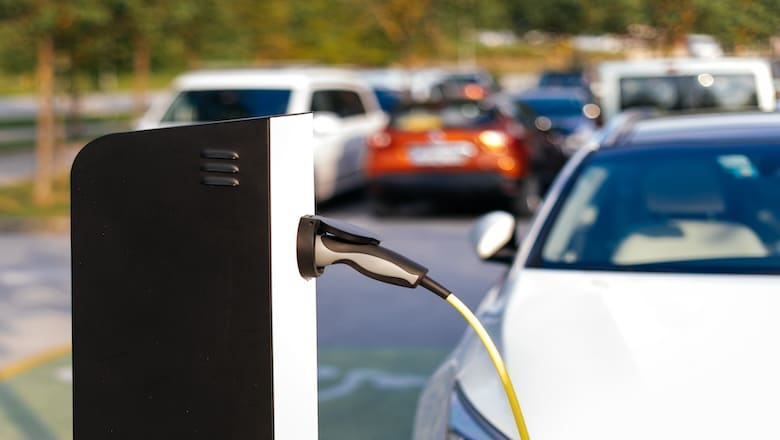ASHRAE publishes top 30 energy-saving design measures to help identify your road to zero
What’s your greatest energy-savings opportunity?

In 2015, the American Society of Heating Refrigeration and Air-conditioning Engineers (ASHRAE) published the results of a research project exploring the impact of 30 energy-saving design measures on building energy consumption. The project posed the question: “How energy efficient can commercial and multifamily buildings become in the near future if first cost is not considered?”
If you’re involved with the construction of a new building on your campus, you know that first costs will indeed be considered—quite seriously, in fact.
But if your main charge is to operate facilities that have already been built (like most of the buildings on educational campuses), you don’t have to think about first costs at all. Someone has already done that for you—years, decades, or even centuries ago.
What they probably did not do for you, though is, consider all the other costs (with a varying range of ongoing operations and maintenance accounting for total cost of ownership—see APPA’s great suite of articles on the subject) of owning and operating your building. Now you’re the one footing the bill and fielding the complaints.
So what can we learn from research about new buildings with unlimited construction funding that applies to old buildings with constantly squeezed operations and maintenance budgets?
It turns out there’s good news. Although the project examined 30 energy-savings measures that can be included during the design of the new buildings (see the full list here), almost all of them have some applicability to existing buildings. The final report’s executive summary identifies the following measures that had the largest impact on building energy use:
- High-efficiency heat pumps
- High-performance lighting
- Heat-recovery chillers
- Ground-source heat pumps
- Demand-controlled ventilation CO2 controls
- High-efficiency and variable speed packaged DX
- High-efficiency and variable speed chiller
Unlike certain new construction design considerations (such as, for example, building orientation or window-to-wall area ratio), each of these strategies is well within reach for an existing building. With the right design perspective, planning, and project experience, any existing building can strive toward optimal efficiency.
—Chris Lewis, Manager, Energy Efficiency
What are you doing to make your buildings more efficient? If you’d like help figuring out your school’s best path to carbon neutrality, contact GreenerU at 781-209-5670 or info@greeneru.com.
References:
https://www.appa.org/documents/TCOArticleJun-Jul2016.pdf



